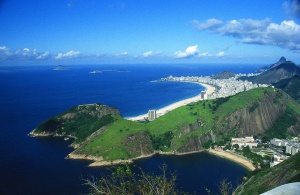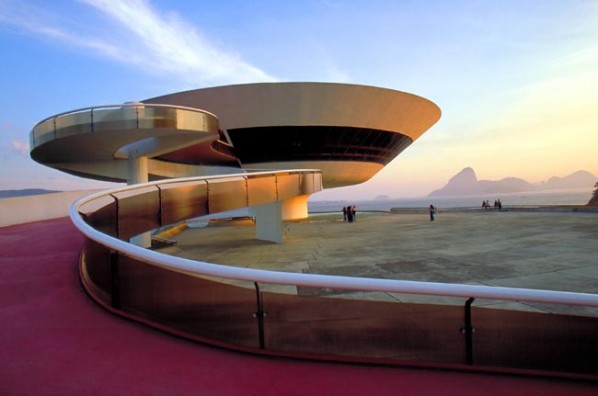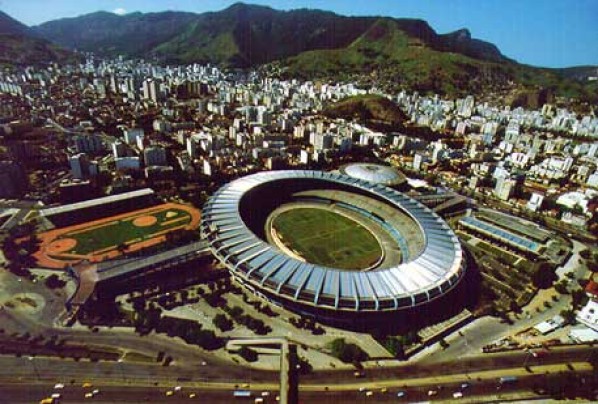FIFA World Cup 2014 Host City: Rio de Janeiro

Rio de Janeiro is both Brazil’s tourism capital and its footballing capital, and the passion that the locals hold for the beautiful game is arguably unrivalled anywhere else in the world.
Commonly called “Cidade Maravilhosa” or Marvellous City, Rio de Janeiro is the very depiction of Brazilian football with all forms of kick abouts taking on its streets, public parks and beaches. It comes as no surprise, then, that the city is the birthplace of such world-renowned footballers as Jairzinho, Zico, Ronaldo and Romario, to name but a few.
Four of Brazil’s biggest and most popular clubs are based here: Botafogo, Fluminense, Vasco da Gama and Flamengo.
Rio’s iconic Maracana – or Estádio Jornalista Mário Filho to give it its full name – is currently being renovated in preparation for the 2014 World Cup, when its capacity will have been boosted to 90,000. Brazil is also set to host South America’s first Olympics in 2016, with the track and field events being held at the Maracana.
A rich history
On January 1st 1502, the Portuguese explorer Gaspar de Lemos brought his ship into a bay on the Brazilian coast, which is now called Guanabara Bay. Mistakenly confusing the bay with the mouth of a river, he named it Rio de Janeiro – translated as the January River.

Museum of Contemporary Art, Niterói, Rio de Janeiro
Rio de Janeiro was the seat of Brazilian politics from 1764 until 1960, when it was replaced by Brasilia. Nonetheless, Rio remains Brazil’s most popular tourist destination and cultural hotspot, besides being the country’s second most populous metropolis with just over 6 million residents.

Maracan: host of the 2014 World Cup and 2016 Olympics
Brazil’s tourism capital
As well as its incomparable natural beauty, Rio’s rich history and the contagious joie de vivre of the locals (or cariocas) have all contributed to making the city known and loved across the globe. It receives more visitors than any other city in the southern hemisphere.
The highlights of the Rio calendar include the New Year’s Eve celebrations and world-famous Carnival. This bustling metropolis, located between a tropical forest and a series of magnificent beaches, is an ideal base for exploring either, while the Cidade Maravilhosa has everything fans of modern urban life could wish for.
Rio de Janeiro is without doubt a city packed with contrasts: its striking colonial architecture recalling a bygone era while its sprawling favelas highlight the striking difference between the rich and poor.
The two most iconic sights are the Sugarloaf Mountain and the statue of Christ the Redeemer, which sits atop the Corcovado Mountain.
Fast Facts
State: Rio de Janeiro
Population: 7,143,472
Altitude: 10m
Climate: Tropical savannah often characterized by long periods of rain between December and March. In the main tourist areas, the temperature is moderated by the cool sea-breezes from the Atlantic Ocean.
Average precipitation is high and regular throughout the year.
Professional Football Clubs: Botafogo, Fluminense, Vasco da Gama and Flamengo

